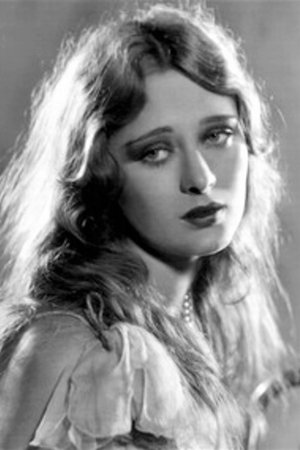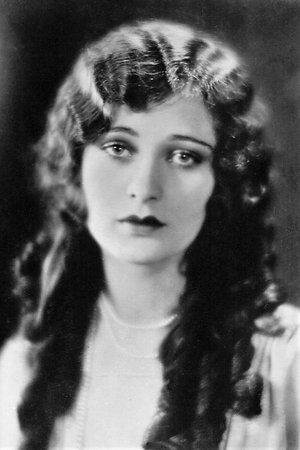Dolores Costello (1903-1979)
Alias:
Dolores Costello Barrymore
Birthplace:
Pittsburgh, Pennsylvania, USA
Born:
September 17, 1903
Died:
March 1, 1979
From Wikipedia, the free encyclopedia Dolores Costello (September 17, 1903 – March 1, 1979) was an American film actress who achieved her greatest success during the era of silent movies. She was nicknamed "The Goddess of the Silent Screen". She was stepmother of John Barrymore's daughter Diana by his second wife Blanche Oelrichs, the mother of John Drew Barrymore and Dolores (Dee Dee) Barrymore, and the grandmother of John Barrymore III, Blyth Dolores Barrymore, Brahma Blyth (Jessica) Barrymore, and Drew Barrymore. Dolores Costello was born in Pittsburgh, Pennsylvania, the daughter of actors Maurice Costello and Mae Costello (née Altschuk). She was of Irish and German descent. She had a younger sister, Helene, and the two made their first film appearances in the years 1909–1915 as child actresses for the Vitagraph Film Company. They played supporting roles in several films starring their father, who was a popular matinee idol at the time. The two sisters appeared on Broadway together as chlorines and their success resulted in contracts with Warner Brothers Studios. In 1926, following small parts in feature films, she was selected by John Barrymore to star opposite him in The Sea Beast, a loose adaptation of Herman Melville's Moby-Dick. Warner Bros. soon began starring her in her own vehicles. Meanwhile, she and Barrymore became romantically involved and married in 1928. Within a few years of achieving stardom, the delicately beautiful blonde-haired actress had become a successful and highly regarded film personality in her own right. As a young adult her career developed to the degree that in 1926 she was named a WAMPAS Baby Star, and had acquired the nickname "The Goddess of the Silver Screen". Warners alternated Costello between films with contemporary settings and elaborate costume dramas. In 1927 she was re-teamed with John Barrymore in When a Man Loves, an adaptation of Manon Lescaut. In 1928 she co-starred with George O'Brien in Noah's Ark, a part-talkie epic directed by Michael Curtiz. Costello spoke with a lisp and found it difficult to make the transition to talking pictures, but after two years of voice coaching she was comfortable speaking before a microphone. One of her early sound film appearances was with her sister Helene in Warner Bros.'s all-star extravaganza The Show of Shows (1929). Her acting career became less a priority for her following the birth of her first child, Dolores Ethel Mae "DeeDee" Barrymore, on April 8, 1930, and she retired from the screen in 1931 to devote time to her family. Her second child, John Drew Barrymore, was born on June 4, 1932, but the marriage proved difficult due to her husband's increasing alcoholism, and they divorced in 1935. She resumed her career a year later and achieved some successes, most notably in Little Lord Fauntleroy (1936) and The Magnificent Ambersons (1942). She retired permanently from acting following her appearance in This is the Army (1943), again under the direction of Michael Curtiz. In 1950 Costello divorced Dr. John Vruwink, whom she had married in 1939. She spent the remaining years of her life in semi-seclusion, managing an avocado farm. She died from emphysema in Fallbrook, California in 1979.







